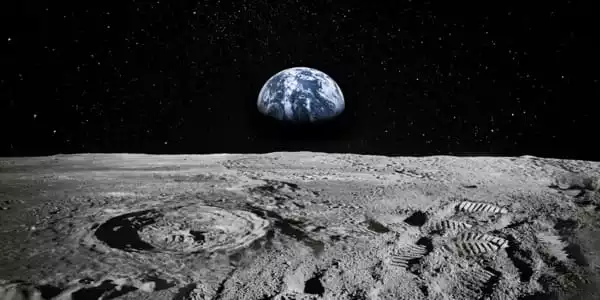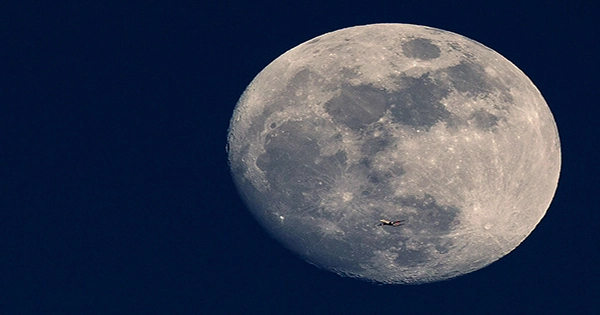The Moon is small, frozen, and silent, but its dusty surface is covered in a startling distribution of magnetic fingerprints, not all of which are simple to account for.
We may be able to better understand readings of the Moon’s exceptionally high magnetic field that don’t match up with other characteristics thanks to a new study headed by geoscientist Zhuang Guo of the Institute of Geochemistry of the Chinese Academy of Sciences.
Guo’s team examined lunar material brought back to Earth by the Change 5 spacecraft in December 2020 and discovered magnetite particles, a mineral that is infrequently seen in samples of lunar dirt.
Since the Apollo era, lunar magnetic anomalies have been a mystery, according to Guo and colleagues’ article that was just published.
Therefore, a thorough study of the Moon’s magnetite distribution and creation processes could offer a fresh viewpoint on how magnetic anomalies in the lunar crust first appeared.

Sub-microscopic spherical iron-sulfide grains that resemble molten drops were discovered to contain magnetite, a highly magnetic iron mineral. Additional thermodynamic modeling reveals that these granules’ magnetite results from significant impacts on the lunar surface.
Magnetite is essential to planetary scientists because it may be used to track the evolution of magnetic fields and look for potential signs of life, two of the most crucial topics of study for any planet or moon.
The scientists speculate that magnetite may also be broadly dispersed in the purest lunar soil in light of their findings. If our modeling is modified to suit the findings of this new study, previously unexplained magnetic anomalies on the Moon may now be more easily understood.
Due to a continuous influx of protons from the Sun, lunar regolith is much reduced, which means it has an overabundance of electrons compared to soil on Earth. This condition makes it more difficult for iron to combine with oxygen to produce ores as it does below ground.
That does not imply that it cannot occur. Tiny magnetite grains have been discovered in Moon dust in the past, but those investigations suggested that the magnetite formed at relatively low temperatures rather than the high-pressure, high-temperature conditions that would result from an impactor slamming into the Moon’s surface, as this new research contends.
The distribution of oxygen and the shape of the iron-sulfide grains “indicate that a gas-melt phase reaction occurred during large-impact events,” the researchers write.
On impact, meteorites are thought to have introduced ferromagnetic elements into the Moon’s surface, which could account for at least some of the magnetic anomalies found close to impact sites.
The intensity of those hits may have also changed the minerals into sub-microscopic magnetite, making them “an important source of ferromagnetic material on the lunar surface,” according to a recent study.
In other words, the research indicates that the mineral is more prevalent over the lunar surface, which alters our perception of how the Moon has changed through time.
The team contends that these minerals, along with the Moon’s current magnetism, can aid in the explanation of how big object impacts have produced a lunar magnetic field.
The distribution of magnetic anomalies in the lunar crust and the distal ejecta of major impacts have a matching relationship as a result of these formation conditions, the researchers said.
















